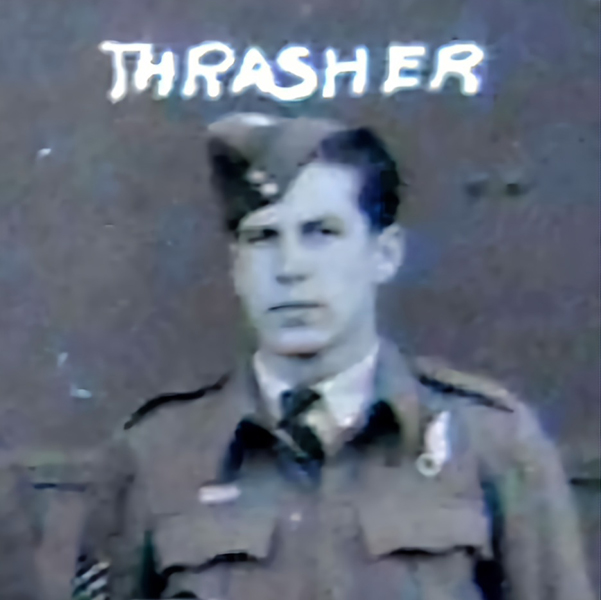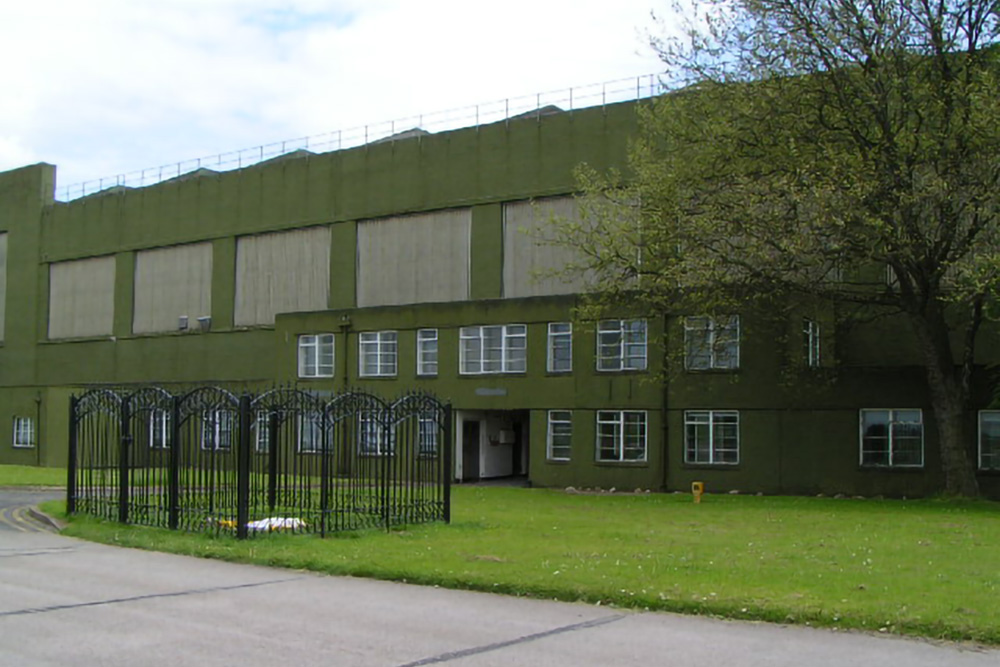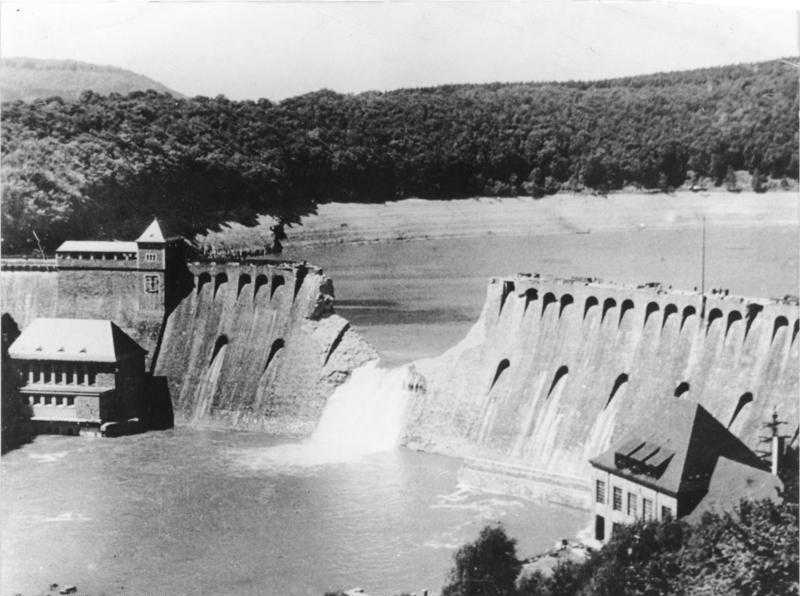Thrasher, John William
- Date of birth:
- July 30th, 1920 (Amherstburg/Ontario, Canada)
- Date of death:
- December 20th, 1943 (Belgium)
- Buried on:
- Commonwealth War Graves Gosselies
Row: 2. Grave: 16. - Service number:
- J/19337
- Nationality:
- Canadian
Biography
John William Thrasher was born on 30 July 1920 in Amherstburg, Ontario, near the U.S. border. One of fifteen children, he lost two siblings in infancy. His father worked as a liquor store clerk. Thrasher attended St Anthony’s Primary and St Rose’s High School, matriculating in 1938. He spent two years as a printer’s apprentice before becoming a laboratory worker in a soda ash plant.
Enlisting in the RCAF in May 1941, he trained as an Air Observer, completing the program on 25 September. His CO described him as assertive, cautious, cheerful, and good material, though he finished 20th out of 22 with an average mark. Later assessments noted his weak navigation skills but strong bombing accuracy, achieving 98%.
Arriving in the UK, Thrasher joined RAF Kinloss’s 19 Operational Training Unit in July 1942. He moved to RAF Swinderby’s 1660 Conversion Unit in October to train on heavy bombers.
Thrasher completed nine operations before transferring from 57 Squadron to a new squadron at the same base for special mission training. Thrasher excelled in Operation Chastise training, ranking second in bombing practice. However, on the raid itself, his mine was torn from AJ-H’s bomb bay over the sea.
Thrasher flew several successful missions between the Dams Raid and December 1943, receiving a commission. His luck ended on 20 December when his plane was shot down at 14,000 feet over Merbes-Le-Château, Belgium. The aircraft exploded before the cew could bale out. He was thrown clear and landed in a wood, while the other six perished in the wreckage.
John Thrasher and his five crew members were laid to rest in Gosselies Communal Cemetery, near Hainaut, Belgium.
His brother, Plt Off Charles Thrasher, also served in the RCAF as a navigator in 424 Squadron, flying Halifaxes from Yorkshire. He earned the DFC in 1944 for fortitude, courage, and devotion to duty, surviving the war.
Do you have more information about this person? Inform us!
- Period:
- Second World War (1939-1945)
Sources
- Photo 1: Findagrave
- - CWGC
- Dambusters





